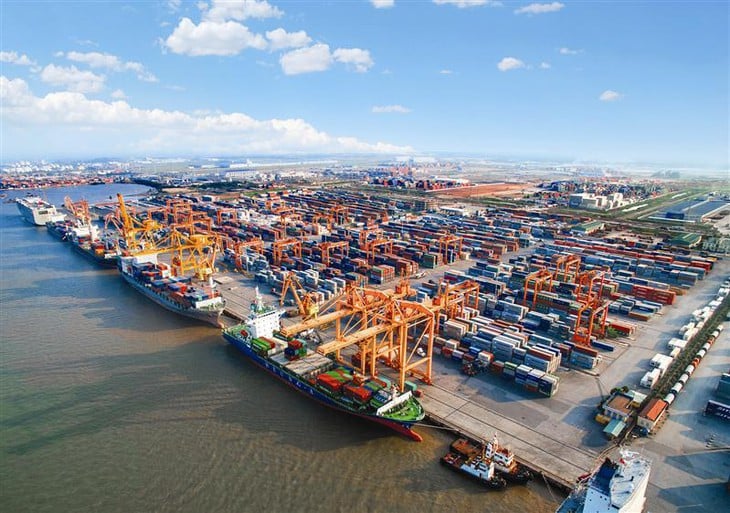 |
According to the Circular, maritime infrastructure assets are determined in terms of original price, remaining value, and depreciation according to the provisions of this Circular, including: 1. Ports, buoy terminals; 2. Headquarters, service facilities, warehouses, yards, factories, and other auxiliary works in the port area; 3. Traffic information system, communication system, and electricity and water system in the port area; 4. Maritime traffic monitoring and coordination system (VTS); 5. Breakwaters, sand-blocking dykes, diversion dykes, shore protection dykes; 6. Maritime channels, pilot boarding and disembarkation areas, quarantine areas; 7. Transshipment areas, anchorage areas, storm shelters in seaport waters; 8. Other maritime infrastructure assets.
The determination of maritime infrastructure assets is regulated as follows: Independently used assets are determined as one asset. A system consisting of many separate asset components linked together to perform one or several specific functions, if any of them is missing, the whole system cannot operate, then that system is determined as one asset. In case a system is assigned to many asset management agencies, the asset assigned to each management agency is one asset.
The maritime infrastructure assets specified above are determined to be fixed assets when they simultaneously satisfy the following two criteria: 1- Have a usage period of 1 (one) year or more; 2- Have an original price of 30 million VND or more.
Maritime infrastructure assets must have asset records established to strictly manage physical objects and values according to the provisions of the law on management and use of public assets and relevant laws. The indicators on original price, depreciation, and remaining value of maritime infrastructure assets identified as fixed assets are whole numbers; in case the results of determining these indicators are decimal numbers, they shall be rounded according to the provisions of the law on accounting.
Each maritime infrastructure asset is an accounting entry. Accounting for maritime infrastructure assets must reflect and record full information on the original cost, depreciation, and residual value of the assets.
The Circular clearly states the List of assets, depreciation time and depreciation rate of maritime infrastructure assets as follows:
STT | List of maritime infrastructure assets | Time of use for depreciation calculation (years) | Depreciation rate (% per year) |
1 | Harbor | 50 | 2 |
2 | Buoy dock | 20 | 5 |
3 | Headquarters, service facilities, factories and other ancillary works in the port area | ||
- Level I | 80 | 1.25 | |
- Level II | 50 | 2 | |
- Level III | 25 | 4 | |
- Level IV | 15 | 6.67 | |
4 | Warehouse | 25 | 4 |
5 | Traffic information system, communication system and electricity and water system in the port area | 10 | 10 |
6 | Station house, architectural structure (Operation house, construction work) directly serving the operation of the maritime traffic monitoring and coordination system (VTS) | ||
- Level I | 80 | 1.25 | |
- Level II | 50 | 2 | |
- Level III | 25 | 4 | |
- Level IV | 15 | 6.67 | |
7 | Breakwater, sand barrier, diversion embankment, bank protection embankment | ||
- Level I | 80 | 1.25 | |
- Level II | 50 | 2 | |
- Level III | 25 | 4 | |
- Level IV | 15 | 6.67 | |
8 | Shipping lanes, pilot boarding and disembarkation areas, quarantine areas | 50 | 2 |
9 | Transit area, anchorage area, storm shelter area in seaport waters | 50 | 2 |
10 | Other maritime infrastructure assets | 10 | 10 |
The annual depreciation of each maritime infrastructure asset is calculated according to the formula:
Annual depreciation of assets | = | Original cost of the asset | x | Depreciation rate (% per year) |
This Circular takes effect from August 15, 2025 and is applied from fiscal year 2025.
Source: https://baodautu.vn/bo-tai-chinh-ban-hanh-thong-tu-quy-dinh-tinh-hao-mon-tai-san-ket-cau-ha-tang-hang-hai-d331200.html



![[Photo] Prime Minister Pham Minh Chinh receives United Nations Secretary-General Antonio Guterres](https://vphoto.vietnam.vn/thumb/1200x675/vietnam/resource/IMAGE/2025/10/25/1761390212729_dsc-1484-jpg.webp)
![[Photo] National Assembly Chairman Tran Thanh Man receives United Nations Secretary-General Antonio Guterres](https://vphoto.vietnam.vn/thumb/1200x675/vietnam/resource/IMAGE/2025/10/25/1761390815792_ctqh-jpg.webp)

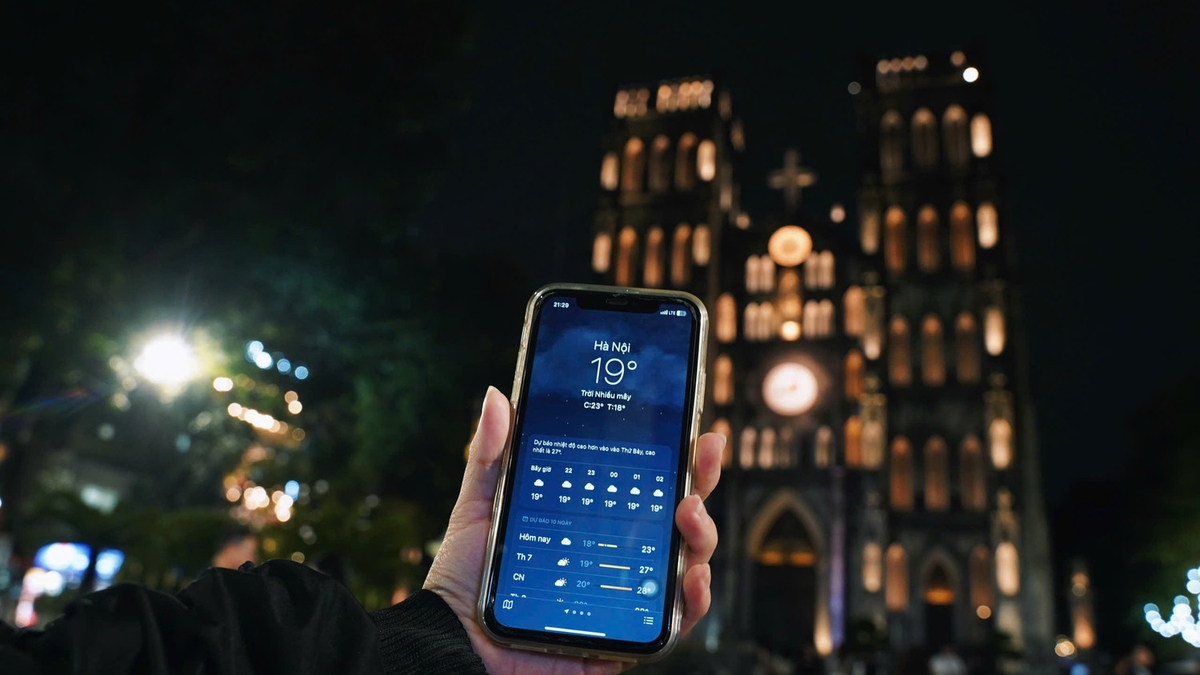
![[Photo] Prime Minister Pham Minh Chinh and United Nations Secretary-General Antonio Guterres attend the Press Conference of the Hanoi Convention Signing Ceremony](https://vphoto.vietnam.vn/thumb/1200x675/vietnam/resource/IMAGE/2025/10/25/1761391413866_conguoctt-jpg.webp)
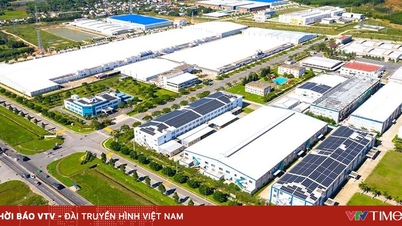



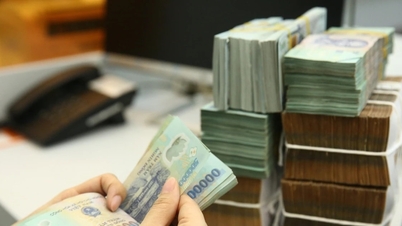























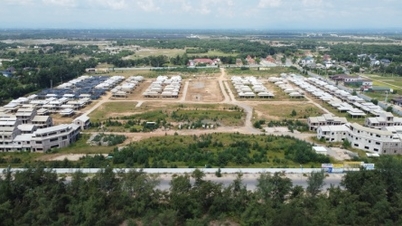


![[Photo] General Secretary To Lam meets with General Secretary and President of Laos Thongloun Sisoulith](https://vphoto.vietnam.vn/thumb/1200x675/vietnam/resource/IMAGE/2025/10/25/1761380913135_a1-bnd-4751-1374-7632-jpg.webp)





















































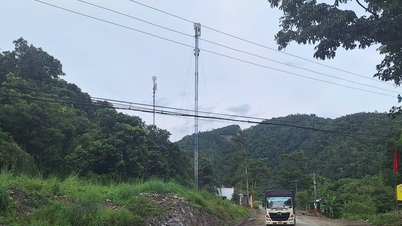

















Comment (0)